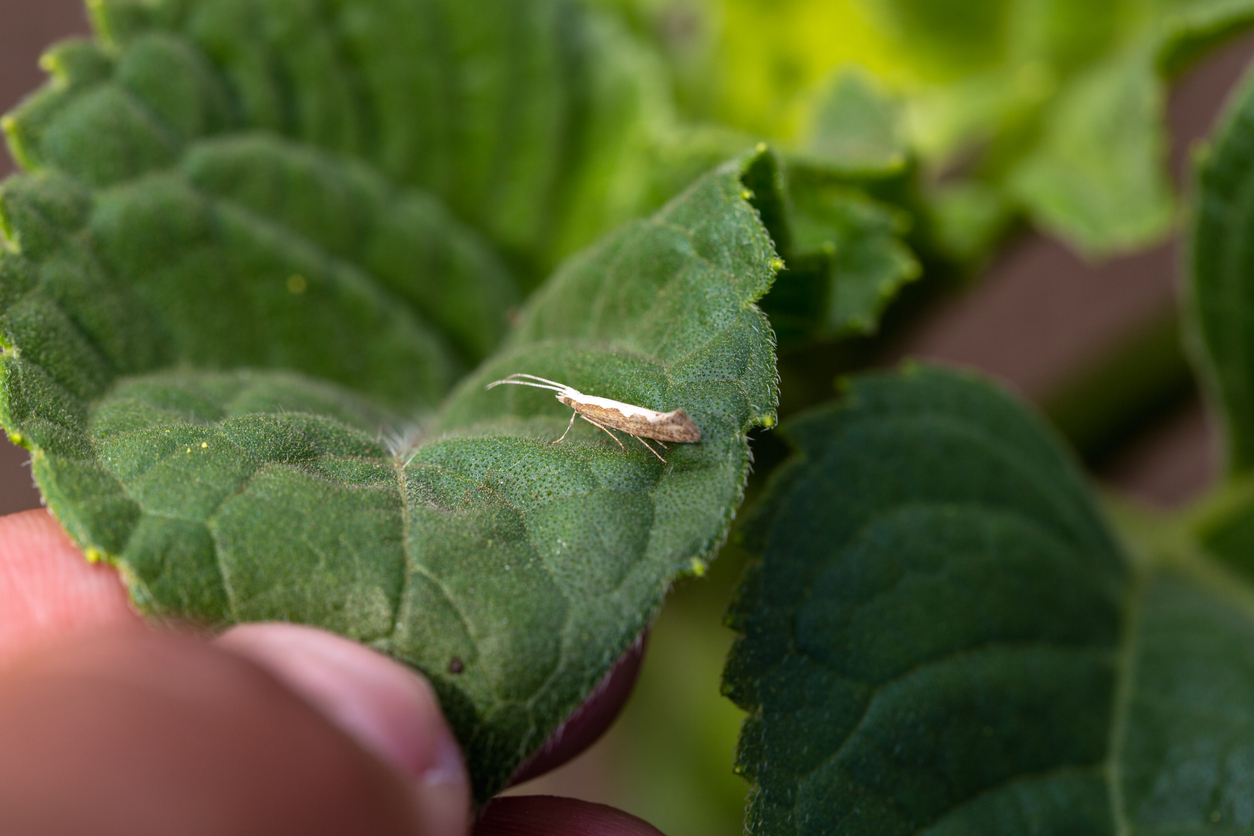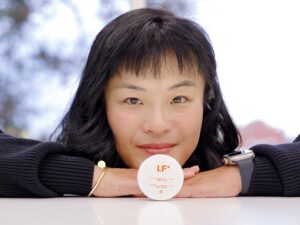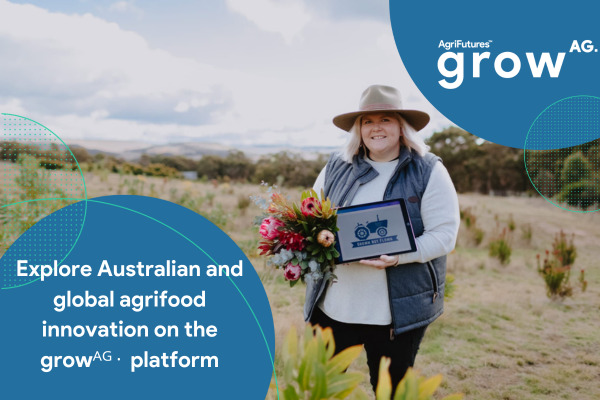Recently, Syngenta announced a partnership with Israel-based Lavie Bio to discover and develop novel biopesticides.
While partnerships between agrifood corporates and startups are common these days, this particular collaboration is aimed in large part at speeding up the process — a much-needed factor when it comes to biologicals development.
“One of challenge we have in biologicals is speed,” Jérôme Cassayre, head of biological research at Syngenta, said during a recent conversation with AgFunderNews and LavieBio. “There is at the moment a huge demand for new solutions, but there is an innovation gap that we need to bridge. That means all of us in the industry are trying to not only develop novel and effective solutions, but to bring them to market as fast as possible.”
Need for speed
More and more, speed to market is widely seen as critical to the biologicals sector, given both the general pace of technological change and the sheer number of startups developing biologicals products.
Current timeframes for bringing a solution to market can stretch up to 12 years (and sometimes beyond). Part of that process is discovering promising microbes and developing them into solutions for agriculture. This is where Lavie Bio comes in.
The company is a subsidiary of computational biology company Evogene, and leverages the latter’s platform for discovery and development of biostimulants and biopesticides. In essence, Lavie Bio uses computational shortcuts to speed up the process of finding microbial strains that might be relevant to another company’s crop protection needs.
“Our computational system enables us to predict in a very precise way which microbial strains can meet the product requirements,” Lavie Bio CEO Amit Noam said.
“Instead of screening a lot of different strains, we build AI models, and then we run an algorithm that can really reduce the time of development by around two to three years. It expedites the entire development process because you’re able to identify the specific microbes.”
Noam says Lavie Bio’s current prediction success rate is between 10% and 20%.
Syngenta: Investing for the long term
Syngenta’s biologicals portfolio has grown in recent years, boosted by acquisitions including Valagro (2020) and products from Bionema Limited (2022).
“We work across the technology and have introduced a large number of products in the last five years, many of them coming from collaborations,” said Cassayre, who added that Syngenta’s approach to biologicals is a blend of in-house R&D and these collaborations.
Many of these partnerships are with early-stage startups, he notes. “[They are] innovations not necessarily ready to be on the market this year or next year, but really looking into the future. We really try to invest not only for the short term, but to develop breakthrough technology together with partners for the longer term as well.”
“What’s unique about Lavie Bio and what really interested me and my colleagues was the approach they have to discovery.”
He says that what stood out to Syngenta about Lavie Bio was the latter’s approach in “getting better and faster potential leads in bioinsecticides,” which at the moment are difficult to find effective solutions for.
An integrated approach to biologicals
For Lavie Bio, creating ties with a major agribusiness player like Syngenta has the potential to boost Lavie’s capabilities and market access, says Noam.
“Lavie Bio is focused a lot on the biostimulant and biofungicide product development, and Syngenta is very strong in bioinsecticides. This will enable both companies to leverage the capabilities and the shared common mission of trying to bring new products to market.”
The companies will not yet say what they are working on in terms of specific products. Noam notes this is an R&D collaboration “with the goal of developing an actual commercial product.”
Cassayre says the two are currently looking for solutions that would be able to meet the needs and demands of multiple different geographies and crops.
“In Europe there is a diminishing number of approved chemical insecticides. Meanwhile we have countries like Brazil, where we see a surge in the demand of innovative and effective by biocontrol solutions.”
As with most biologicals, the goal isn’t to replace chemicals but to work alongside them in a more efficient manner.
“When we look at the future, we see farmers moving from chemicals to biologicals, but not completely replacing,” says Noam. “We see integrated pest management programs and alternate spraying programs where you have the chemicals and the biologicals. If you’re able to reduce 30% or half the chemical applications by replacing them with biological solutions, you can really change the entire industry [in terms of] the amount of chemicals being used in the field.”
Cassayre says Syngenta currently works “across all technology, chemical and biological, in an integrated manner.”
“I don’t think biologicals will replace chemicals at any point; they will be part of the crop protection machinery. But in terms of performance, in terms of convenience for the farmer and stability of the properties, I have no doubt these things will improve significantly with the technology that we currently see in our industry and with investment into innovation.
“I believe we are currently in Generation 1 of innovation; Generation 2 will come with solutions that can deliver the level of performance we see in chemical inputs.”















Sponsored
Sponsored post: The innovator’s dilemma: why agbioscience innovation must focus on the farmer first